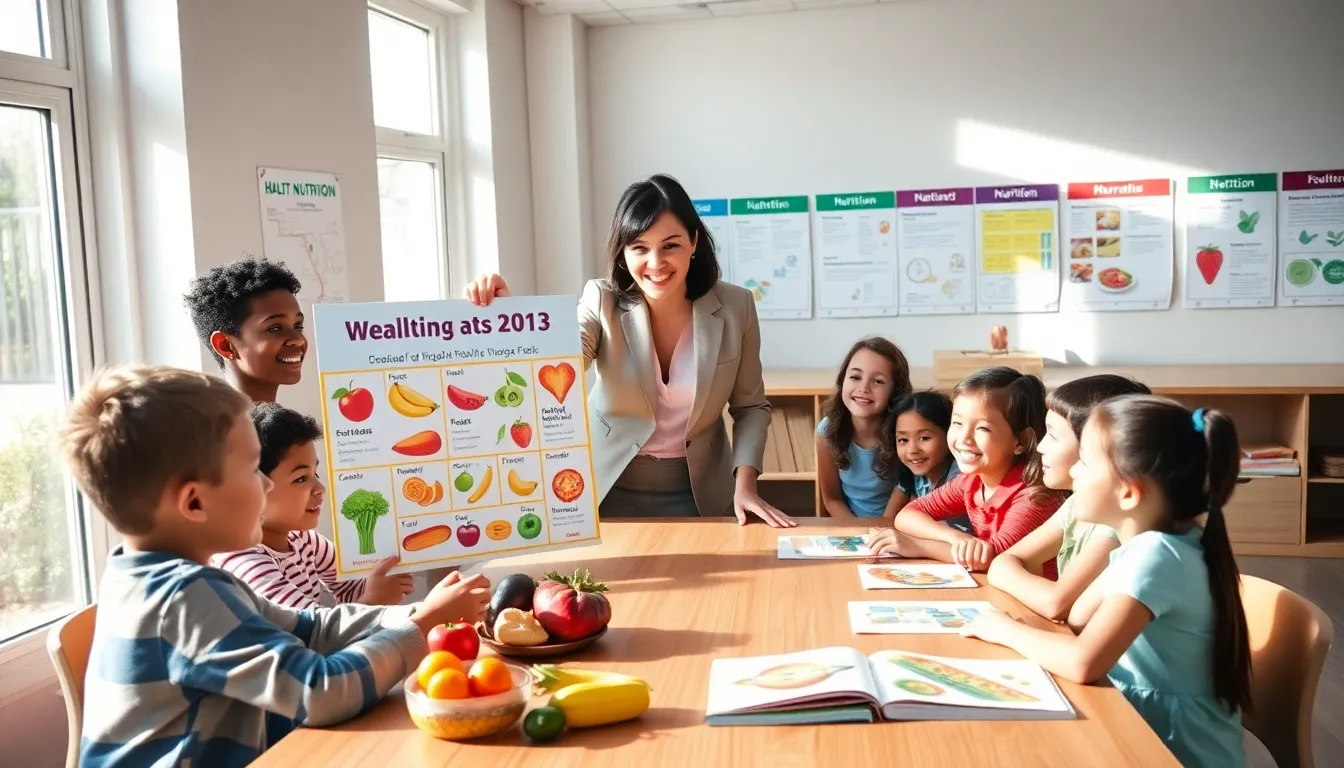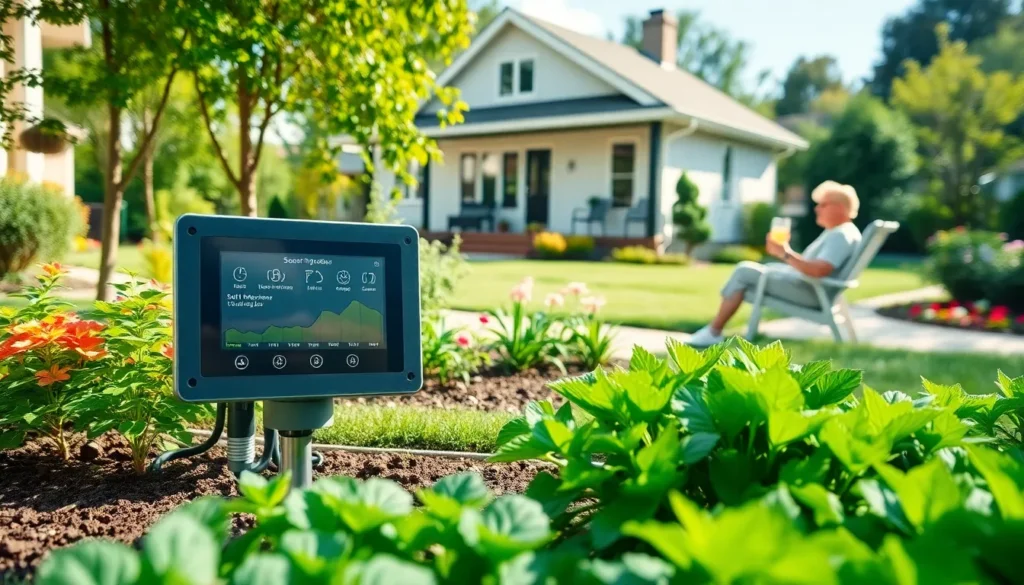Table of Contents
ToggleIt’s no secret that getting kids excited about healthy eating can feel like herding cats. But what if there was a magical way to transform the way they think about food? Enter nutrition books for kids. These delightful reads blend essential facts with fun stories, making them the ideal companions for budding little foodies. In this text, we’ll explore why nutrition education is crucial for children, introduce some top picks that will have them munching on carrots instead of candy, and provide tips on incorporating these literary gems into everyday life. Grab your favorite snacks because this is going to be a deliciously informative ride.
Importance Of Nutrition Education For Children

Teaching kids about nutrition isn’t just about avoiding one too many sugary snacks. It’s about arming them with the knowledge they need to make informed choices as they grow. Establishing healthy eating habits early on can set the groundwork for a lifetime of wellness.
Research shows that children who learn about nutrition are more likely to choose fruits and vegetables over processed junk food. This foundational knowledge helps them understand the relationship between food, energy, and health. Just like superheroes need their powers, kids need fuel that allows them to play, learn, and thrive. Providing children with nutrition education also opens the door for conversations about food’s role in diverse cultures. This not only ignites their curiosity about different foods but also fosters respect for various eating habits.
Top Nutrition Books For Kids
Choosing the right nutrition books for kids can be a delightful challenge, with myriad options available. Here are some standout titles that stand out for their engaging content and vibrant illustrations:
- “The Very Hungry Caterpillar” by Eric Carle
While primarily a classic story about a caterpillar’s journey to becoming a butterfly, it highlights the importance of fruits and vegetables. Kids can learn how what they eat contributes to their growth.
- “Good Enough to Eat: A Kid’s Guide to Food and Nutrition” by Lizzy Rockwell
This book makes nutrition fun with colorful illustrations and simple explanations about food groups.
- “Eat Your Colors” by Jessica SExper
In this vibrant book, children learn about different color foods and their health benefits, making it a delightful read.
- “Why Should I Eat Well?” by Claire Llewellyn
A wonderful introduction to why good nutrition matters, this book answers common questions kids might have about food.
- “Food for Thought: The Food Revolution” by Jodie Lane
This top pick delves into where food comes from and its environmental impacts, engaging children in broader food discussions.
Key Features To Look For In Children’s Nutrition Books
When on the hunt for nutrition books for kids, several key features make a book not just good, but great:
Engaging Activities and Illustrations
Books that include interactive elements like quizzes, puzzles, or cooking activities grab attention. Illustrations that pop bring the content to life, making it more appealing to young readers.
Age-Appropriate Content and Language
Understanding the developmental stage of a child is crucial. Books need to be age-appropriate, with language that’s simple yet engaging. Younger children may benefit from colorful picture books, while upper elementary students can handle more information and narrative depth.
Diverse Diet and Cultural Understanding
The best books celebrate food diversity. They help children learn about nutrition across different cultures, encouraging open-mindedness and appreciation. Exposure to various dietary practices can equip them with knowledge about global eating habits.
How To Integrate Nutrition Books Into Daily Life
Incorporating nutrition books into everyday life encourages healthy eating outside of storytime. Here are a few strategies:
- Family Reading Time: Schedule regular family reading sessions where everyone picks a book. This fosters a love for reading while instilling valuable nutritional lessons.
- Food Prep Activities: After reading about different foods, involve children in meal preparation. Letting them help wash vegetables or mix ingredients makes learning hands-on.
- Discussion at Meal Times: Use meal times to revisit lessons learned from the books. Talk about why they chose to include certain foods in their meals, reinforcing the concepts they’ve read about.
- Create a Nutrition Chart: Consider creating a fun chart in the kitchen that highlights vegetables and fruits and their health benefits. Kids can check off items after trying them.







